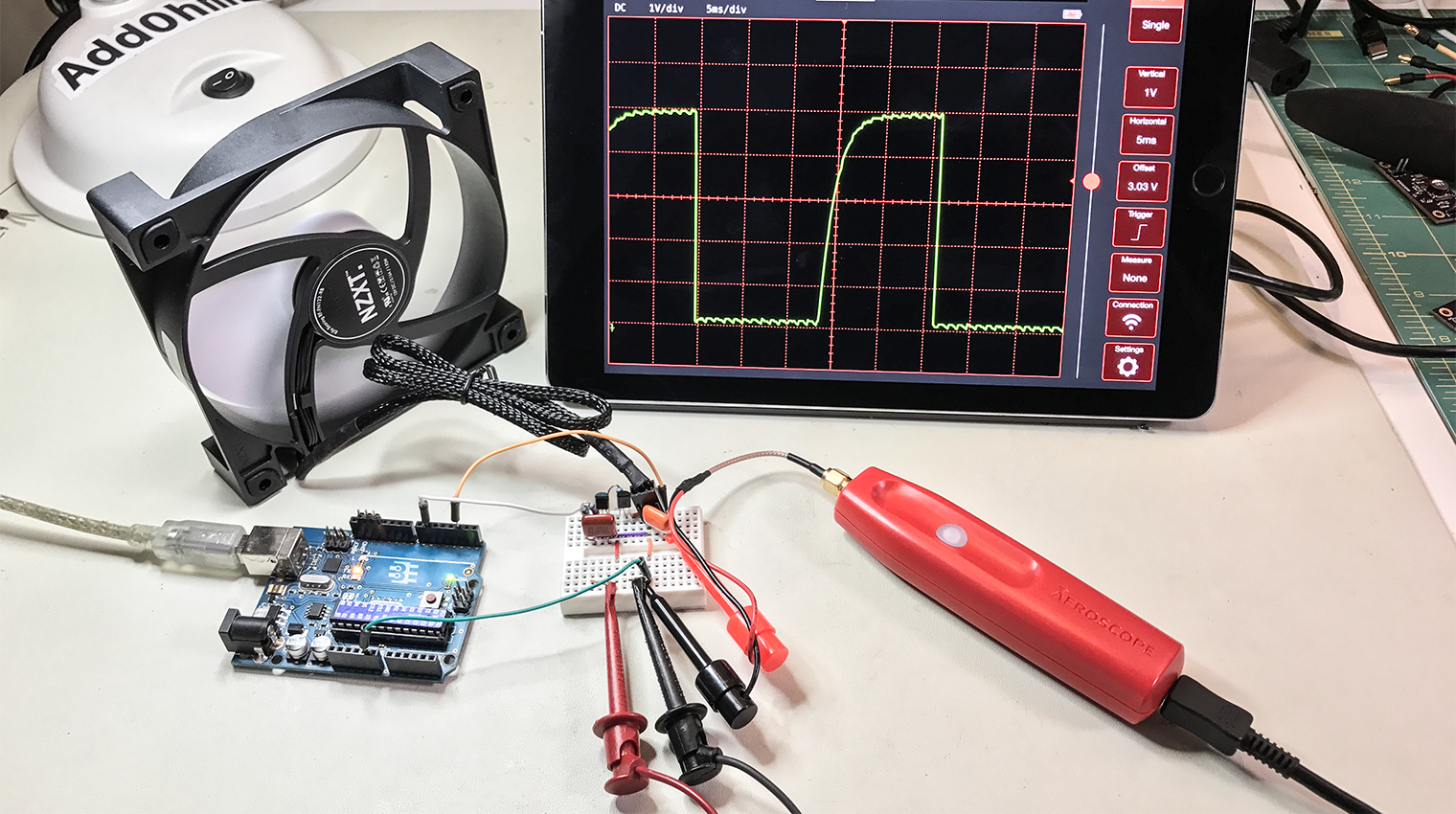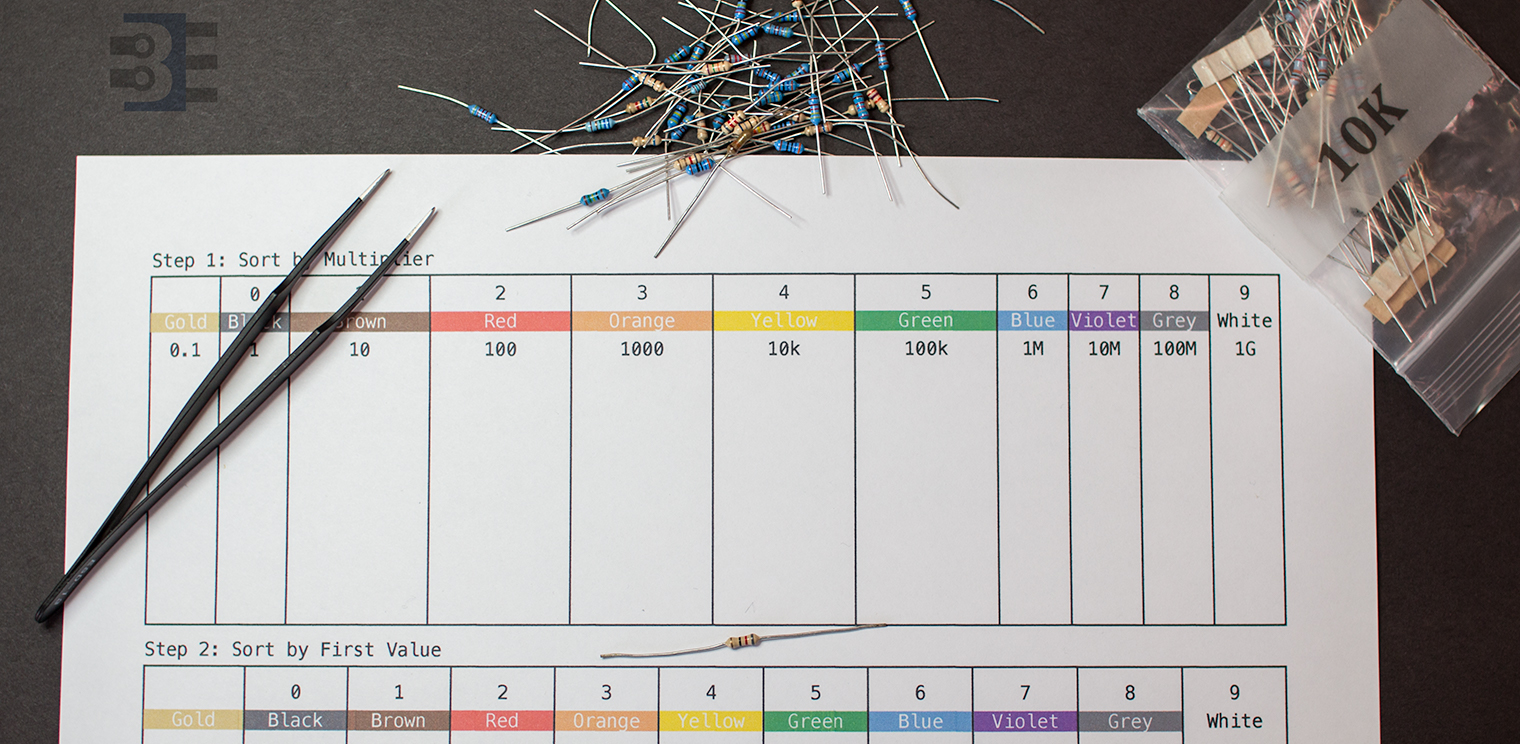- Measure Battery Voltage
- Signal Level Shifter
- Reference Voltage
- R-2R Ladder
- One Analog Input with Many Buttons
A question came up on IRC regarding how to PWM a 3-pin PC fan with an Arduino using analogWrite(). Controlling the fan was seemingly straightforward. The problem was that the hall effect sensor, or TACH signal, was incredibly noisy. The noise made it impossible to measure the fan’s rotation. Working through the question, I found three issues to tackle:
- You need to use a PNP transistor
- Filter capacitors help
- Create a non-blocking RPM measurement (with millis())
This post addresses all three issues regarding how to PWM a 3-pin PC fan with an Arduino.
Sharing is the maker community’s foundation. When you share projects with others, you contribute to the community. In the past, you might just post your project on a personal website. Today there are many options to share projects.
This weekend I “finished” my reflow oven controller, Open Vapors. Believe it or not, five years ago there were not a bajillion similar projects. In fact, I based my design on the only completely open source project I found. It is a reflow oven controller Arduino shield from Rocket Scream.
After completing my controller, I was excited to share the project. Then I started to think about where to post the files. Obviously, here at baldengineer.com is one option. But I wondered. Is there a better place where others could benefit from my work?
This post is a few notes on the platforms used to share projects. At first, these might seem like they all serve the same purpose. From a high level that is true. However, there are small differences that you should consider when you share projects with the open source hardware community.
When you buy a grab bag of components, you might need to tackle sorting resistors. Here’s how I sorted some bags of random resistor assortments last week.
Objectives
Then method I use for sorting resistors achieves these objectives:
- Fewer Bins. It doesn’t take long to create a large matrix of resistor values. My resistor sorting method is relatively compact.
- Quick to find. When I’m building up a circuit, I don’t want to spend time sorting through a pile. Once I know the value I need, I find a single package and then look for a single color band.
- Works with 4-band and 5-band resistors. Let me be upfront: I *hate* 5-band resistor color codes. While the 5th ring is supposed to be slightly offset, or wider, or a different type of color; it doesn’t matter. It’s nearly impossible to tell read a 5-band resistor color code when they are in a pile. However, using my method for sorting resistors, it doesn’t matter if I’m looking at a 4-band or 5-band resistor. I can immediately identify the resistor value.
Based on #3 alone, you might be wondering what is the fantastic method (and how much will it cost to get it!) Here’s the basics of my method for sorting resistors. (For FREE!)
Current flow (direction) is the topic I’m planning for my next AddOhms tutorial. While preparing the script, I started to realize there are some myths or misunderstandings about electricity and current flow.

Everyone probably knows Ben Franklin. He discovered electricity, of course! Yet, he didn’t. Franklin was the first to prove that lightning was composed of electricity with his famous kite experiment. He was also the first to provide electricity’s well-known labels: positive and negative. And somewhere in there Franklin became famous for “inventing” conventional current flow.
This convention creates a lot of confusion around conventional and electron current flow. It’s a concept that has been covered by many others and may even be covered by an Electronics Tutorial Video Series in the future.
Instead, I want to explore some common current flow myths even I believed at some point.






